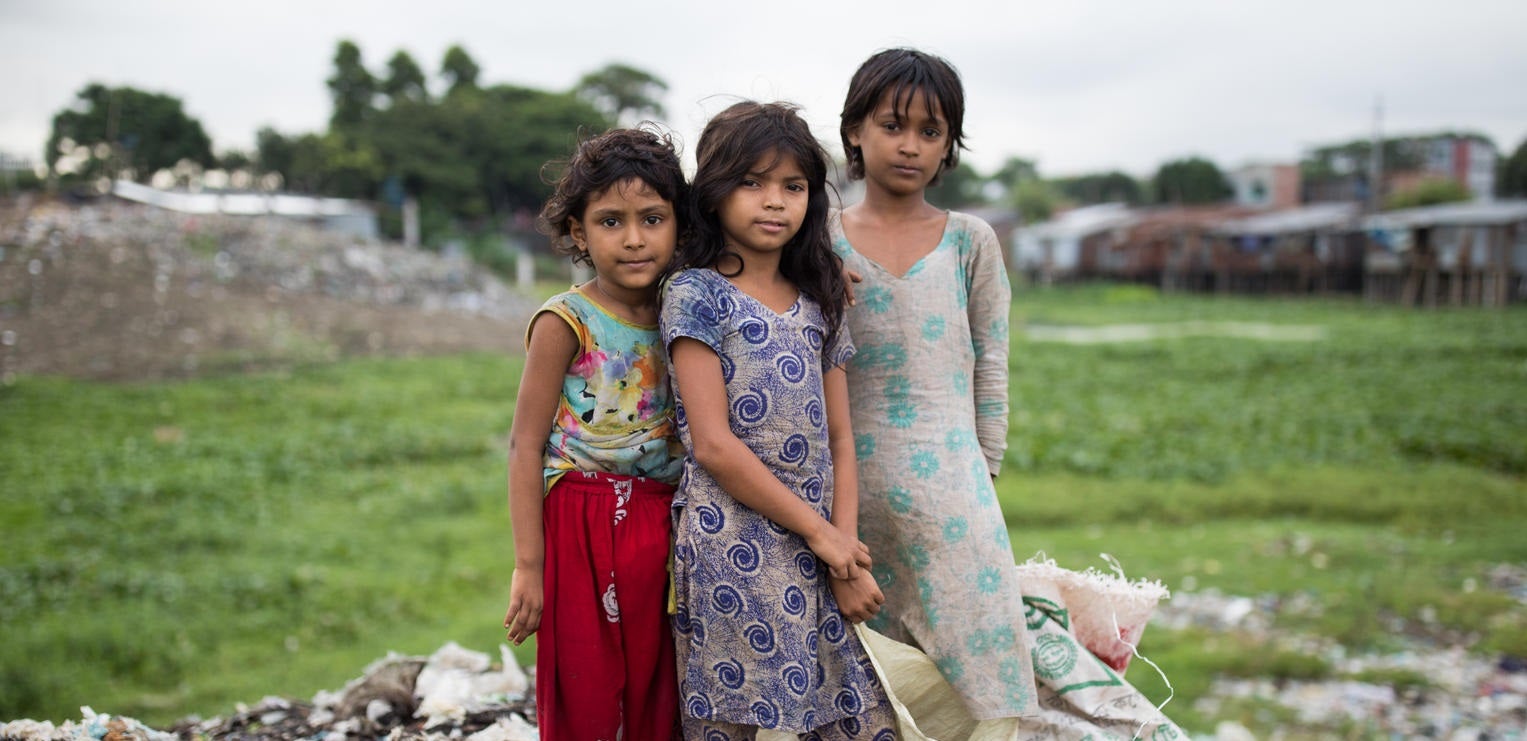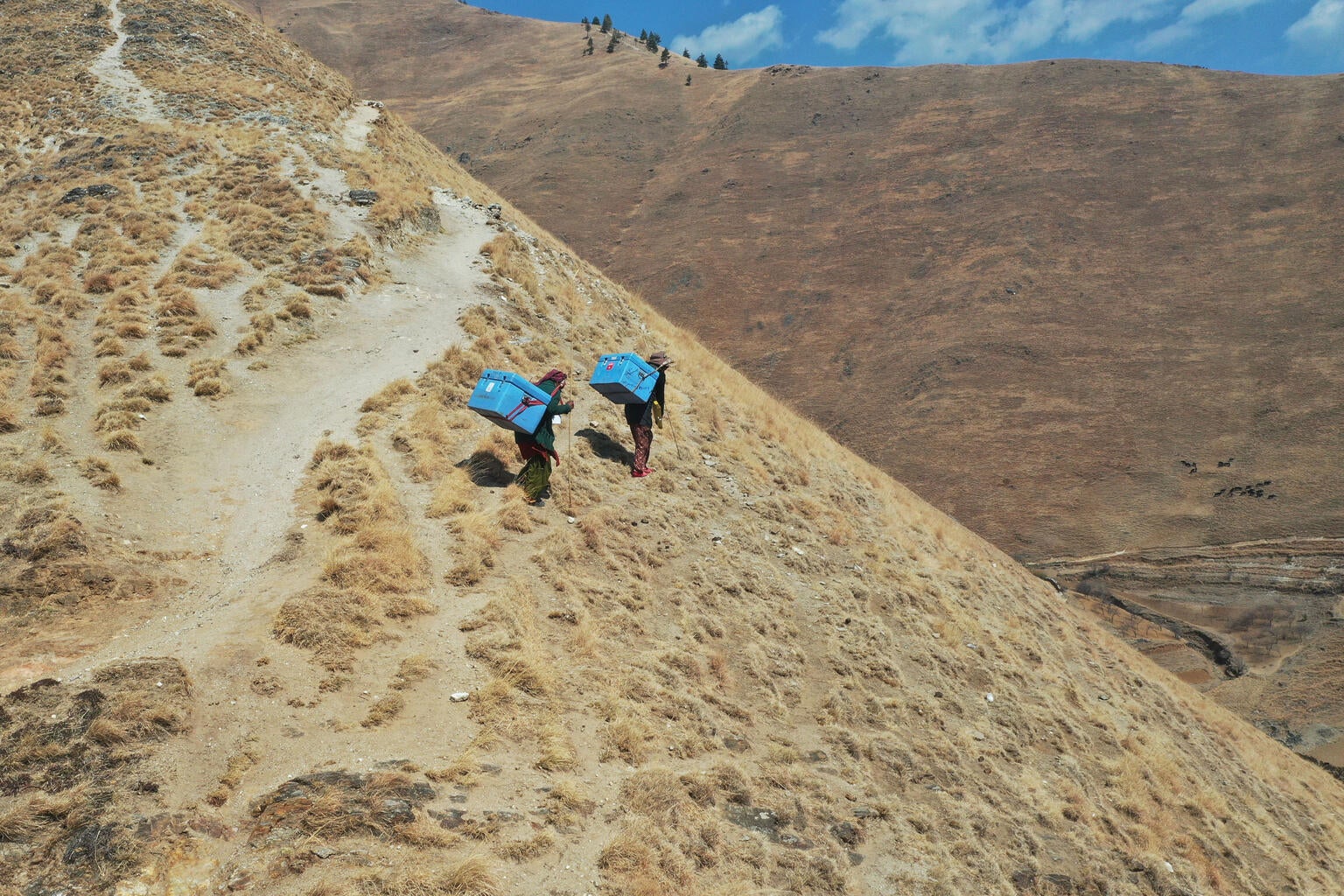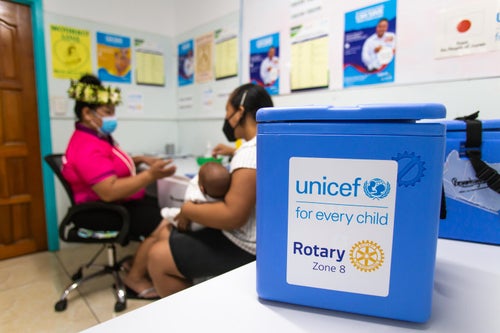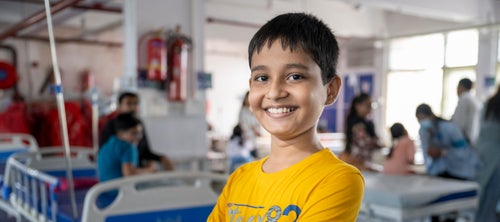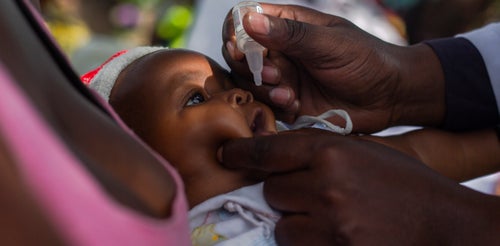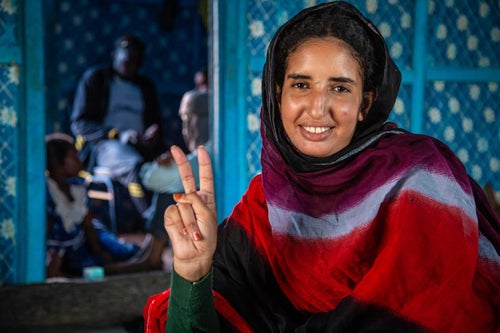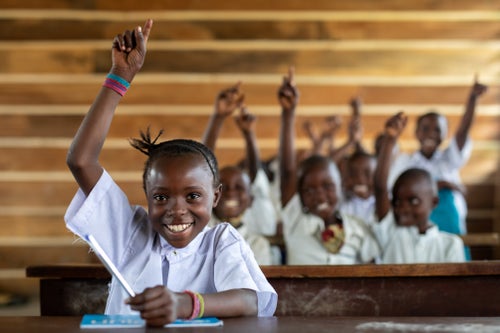“I came here by road from Kathmandu, Nepal. It took five days to arrive at this place,” says Indra Kala Tamang, UNICEF Health Officer.
Indra is in Jumla – one of the most remote districts of Karnali Province, Nepal –to help ensure COVID-19 vaccinations run smoothly. The difficult geography in this region of Nepal means vaccines were transported by air, by road and by porters on foot.
“It’s truly gratifying to see how UNICEF’s support to the cold chain at different levels is being used in this vaccine drive to reach far-flung communities,” she says.
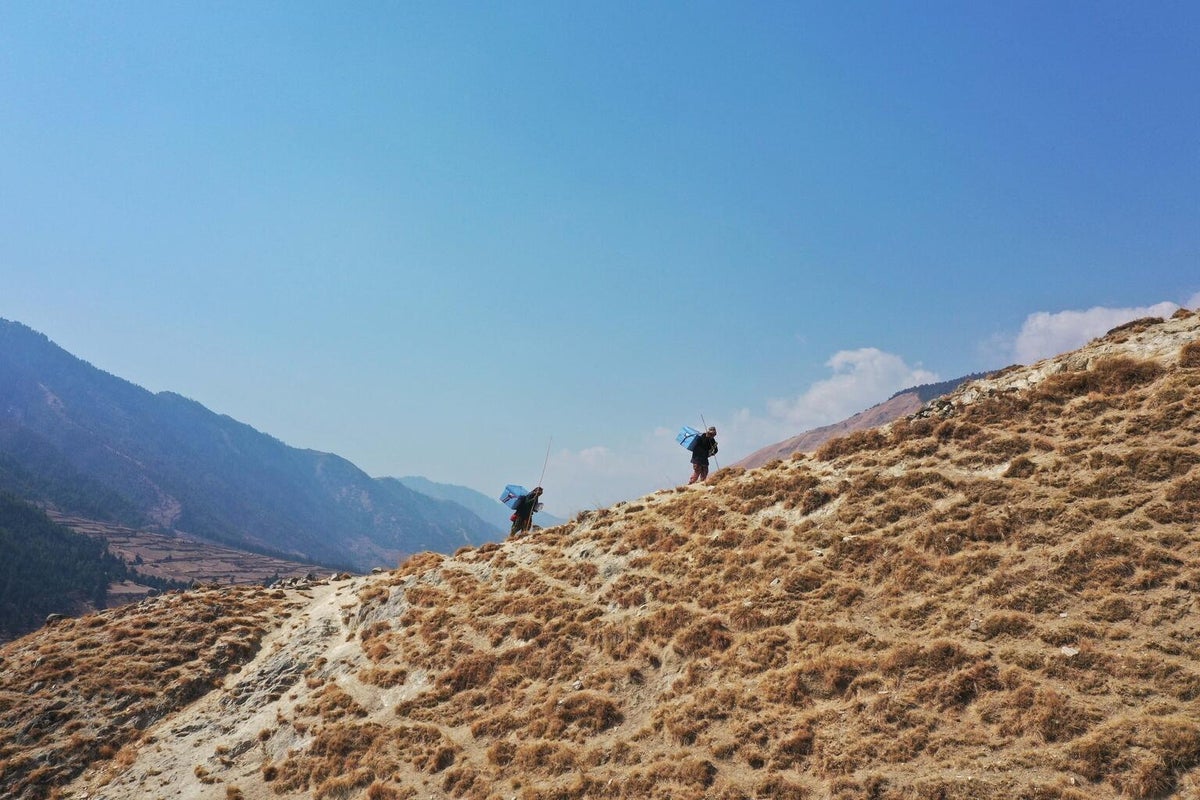
"I came here by road from Kathmandu, Nepal. It took five days to arrive at this place."
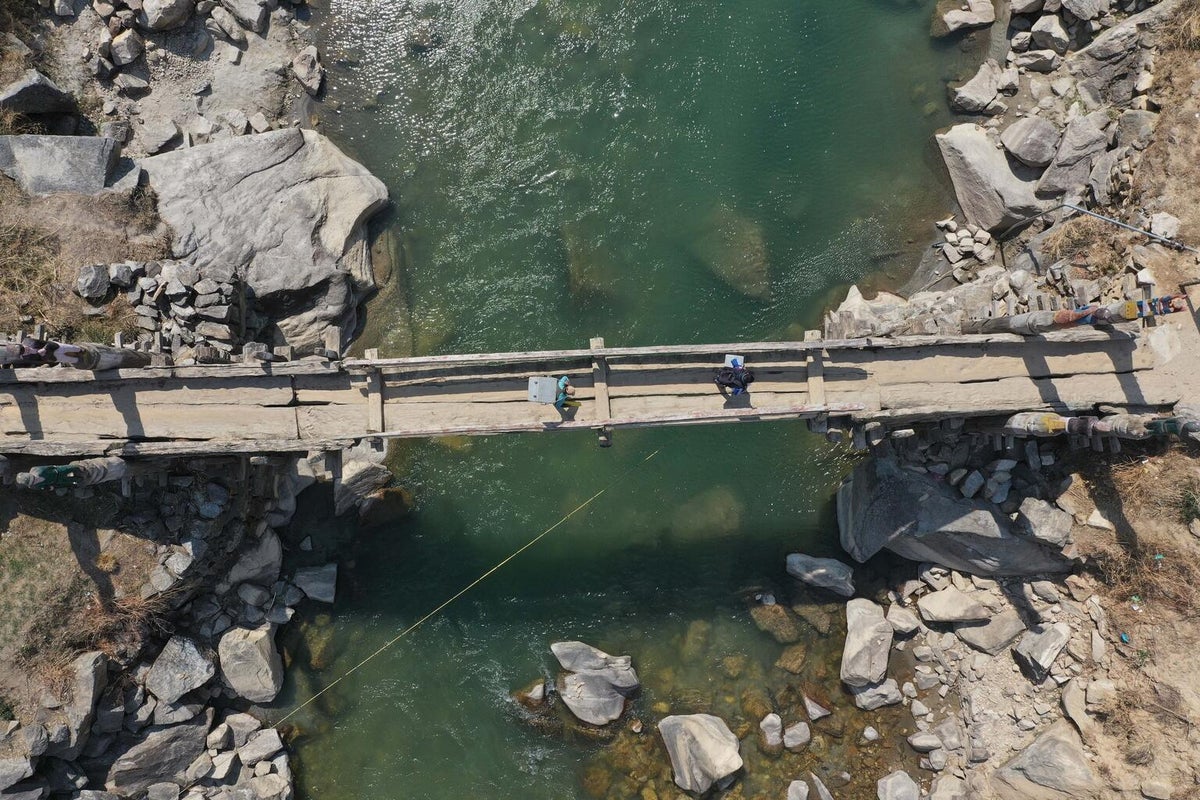
Reaching the vulnerable
Chaitee Rawat, 81, is one of thousands of elderly people in the Jumla Distrcit who have received the COVID-19 vaccine.
“I’m very excited to go get the shot,” she says. “Why wouldn’t I be happy to get the vaccine?”
The second phase of the campaign in Nepal is protecting elderly persons over the age of 65. But what about vaccine hesitancy? Indra says the majority of people are excited to have their COVID-19 vaccination.
Community health volunteers went door to door, even calling senior citizens on the phone to urge them to come get the vaccines.
“Health workers of this area are very active, they go to home visits for counselling, they also do counselling and mobilise female community health volunteers,” says Indra.
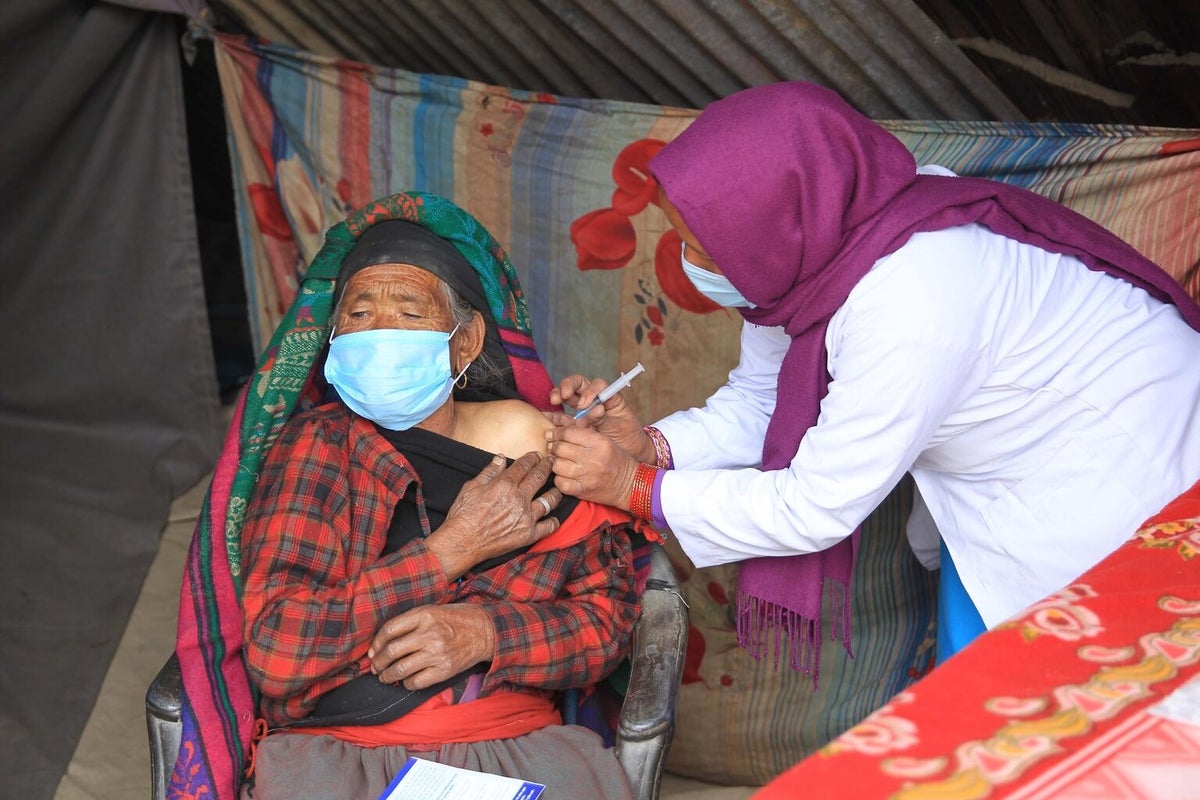
"I'm very excited to go and get the shot"


No cold chain, no immunisation
We’re able to reach remote places like Jumla with vaccines thanks to years of strengthening the cold chain.
UNICEF works closely with the government and partners to install cold rooms and refrigerators at health facilities and supply cold boxes to ensure vaccines are safe during the final leg of their journey.
In 2020 alone, UNICEF installed 290 pieces of cold chain equipment throughout Nepal. This equipment is now being used to store and transport COVID-19 vaccines by UNICEF as part of the COVAX Facility – a global initiative to ensure equal access to COVID-19 vaccines worldwide.
This year, we aim to deliver 2 billion COVID-19 vaccines, protecting frontline health workers, teachers and the most vulnerable. Because children are only safe if everyone they rely on is safe.
Related articles
Stay up-to-date on UNICEF's work in Australia and around the world


